Scafo
 m_m_italy
Posts: 386
m_m_italy
Posts: 386
No facile bat no impossibile....
:-)
Bye bye
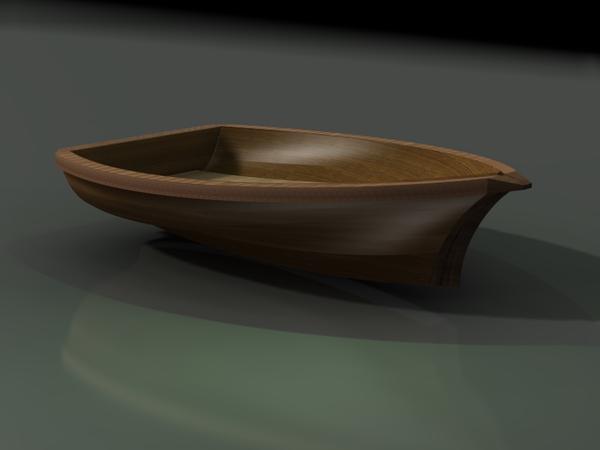

nave_legno.jpg
800 x 600 - 100K
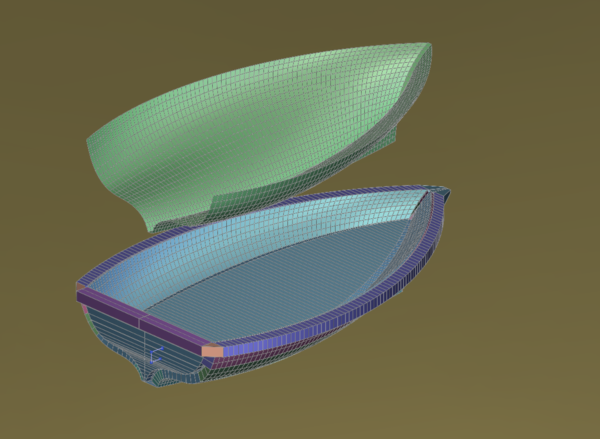

SCAFO_04.png
1148 x 840 - 620K
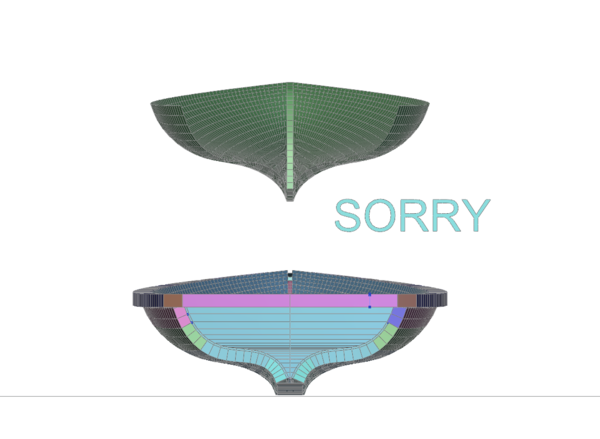

SCAFO_03.png
1148 x 840 - 313K
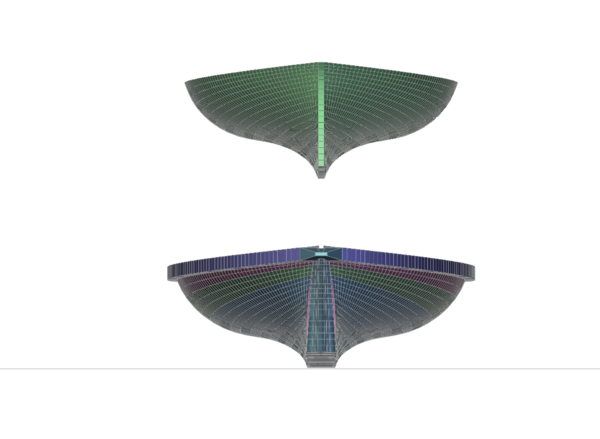

scafo_02.png
1148 x 840 - 393K
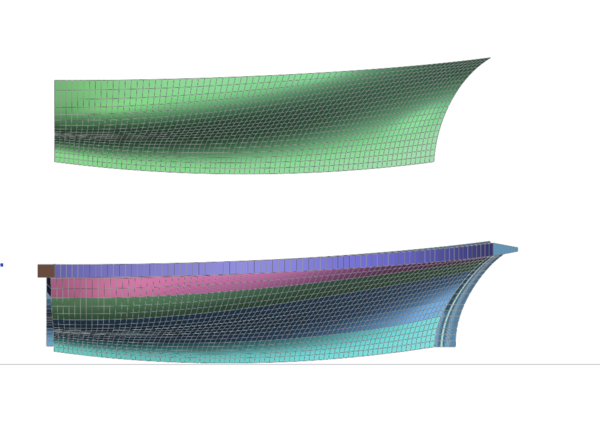

scafo_01.png
1148 x 840 - 482K


Comments
All right...I'm gonna come off sounding like a complete n00b here, but here goes anyway:
Did you make that inner hull (the green section) in hexagon? And if so, how?
The reason I ask is that hexagon has lousy point control, and if I wanted to create a surface like yours I would do it in rhino.
In rhino you can create any shaped line and then redefine it as any number of points placed equidistant along its curve. Then you can loft or sweep such curves to create a nurbs surface from which you can extract a mesh similar to yours which is a nice, clean matrix of evenly spaced quads flowing gracefully along a hull-shaped object.
I've never been able to make such an elegant complex surface with such precision in hex, and I would love to know if I could.
Don't know how mm did it - if I understand your question correctly, the way I do that sort of thing is to draw the shape using a curve, then I make a straight line the same length and tessellate it with as many points as needed - gives perfectly spaced points. Bend the straight line using the original curve as a bender and delete the original curve. Use a surface tool - preferably Gordons - to make the mesh:)
I would say that each half of the hull has been created with 4 curves around the perimeter of the hull and then gordon surface applied. Would be relatively easy to do in hex. With DG you can then tweak the shape of your curves and the mesh will update.
Okay, I was able to create a reasonable approximation using both Roy's and Ausair's methods, with Ausair's being slightly simpler. Neither method is as simple to me as my aforementioned rhino procedure, but that could easily be due to the fact that I'm used to rhino and these 2 methods in hex are simply "different".
As MM said, "No facile bat no impossibile…." , and the fact that I was able to get so close to duplicating his hull at all is heartening to me, since in the past I've always just thrown up my hands and went running off to rhino. :)
I'll have to try to familiarize myself a little better with the various line/curve functions. Hex may still be showing me muscle I don't give it credit for.
Thanks gang! :)
BTW, MM, I never did comment on your boat which, as usual for you, is beautifully textured and rendered.
Sei un ARTISTA! :)
Thank you.
:-)
Sorry friends.
I explained shortly.
I thought it was clear.
Above all, I can not speak English.
I read today your answers.
I understand the meaning but some concepts are unclear to me.
I'm sorry.
As you have said:
lines and then gordon surface.
No subsequent changes to the command gordon
I just invented the lines.
Thank you for your attention and sorry again for the lack of information.
:-)
Ciao
I can not translate well but I think this is the correct way.
Bye bye
I would say that each half of the hull has been created with 4 curves around the perimeter of the hull and then gordon surface applied. Would be relatively easy to do in hex. With DG you can then tweak the shape of your curves and the mesh will update.
Even this is right.
I do not find diversity with "Roy" because I have difficulty translating.
Used Boolean operations.
I have little time.
Bye